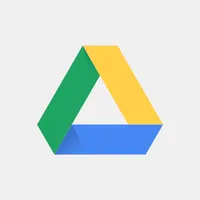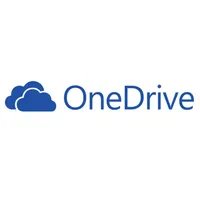Google Drive vs Microsoft OneDrive: Which is best?
Choose the right cloud storage ecosystem for your company

Maintenance-heavy server rooms are a thing of the past, and these days business data is stored and accessed, almost exclusively, through offshore servers located in dedicated data centers connected over the internet. The best cloud storage offers a refreshing way for modern businesses to manage their data, both conveniently and cost effectively.
Of course, there’s more than one company offering cloud storage services to businesses that need it. Depending on things like storage space, data encryption, and server infrastructure, your choices will vary greatly. The two largest contenders in the cloud storage space, Google and Microsoft, are household names to anyone acquainted with the modern tech industry. But which among these two packs the most bang for your buck?
In this article, we pit Google Drive against Microsoft OneDrive in a one-on-one showdown to find out which can be considered among the best cloud storage providers. We’ll examine their features, performance, support, and pricing in order to come to our decision.
Google Drive: high-performance, integrated storage
Google Drive's wealth of useful tools elevate it beyond cloud storage. Slick apps and tight integration with Google Workspace's products make it easy to fit into workflows, while seamless integration with third-party apps and swift performance make it an easy sell to businesses.
Microsoft OneDrive: collaborative storage and software
Microsoft OneDrive provides tight integration with Windows and Microsoft 365, allowing for real-time file collaboration and automatic backups. Its straightforward and intuitive interface requires little guidance, and the comprehensive and responsive support available is able to assist with anything more complex.
Google Drive vs Microsoft OneDrive: Features
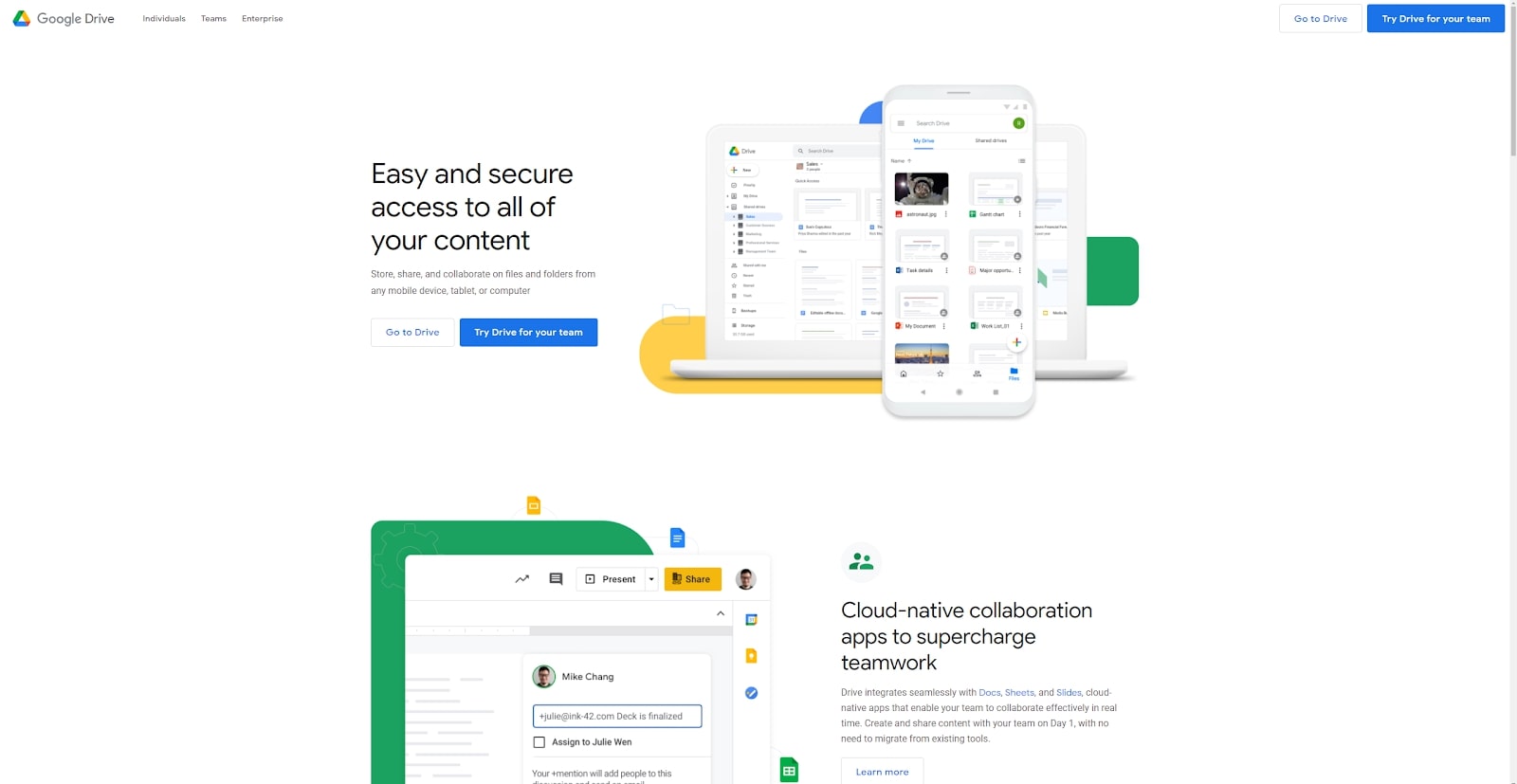
Google Drive is a cloud-based storage platform that forms the heart and center of Google Workspace, the company’s online productivity suite for businesses. It offers file sharing and synchronization features, with the added ability to create, store, manage, and share various types of documents across the entirety of Google Workspace.
Google Drive serves as a unified interface to access much of the company’s online service infrastructure, allowing you to store and manage files across apps such as Docs, Sheets, and Slides. You can even code your own apps to use with Drive.
Google Drive also offers a downloadable client that can be used to sync a specified folder right from your desktop. Conversely, you can also sync files across the cloud storage to your desktop for offline access, which is useful in areas with spotty internet access. Drive is a multi-platform service with downloadable apps for smartphones, tablets, laptops, and desktops, which can be used to sync files back and forth between these devices.
While it’s every bit as solid offering as Microsoft OneDrive, Google Drive does lack in familiarity. Users who have been taking advantage of Microsoft’s own productivity suite, including such programs as Word, Excel, and Powerpoint, will find it much easier to just stick to OneDrive.
Get instant access to breaking news, the hottest reviews, great deals and helpful tips.

OneDrive offers very much the same file syncing and collaboration features as Google Drive, but it has been designed to work in conjunction with the former’s own productivity suite, Microsoft Office.
Users who are more familiar with an offline work atmosphere will feel right at home with Office, what with the company’s productivity platform offering downloadable apps across Windows and macOS. This is unlike Google Workspace, whose applications can only be accessed through a web browser window on desktop computers.
Contrary to popular misconception, Microsoft OneDrive offers real-time collaboration features that work just as well as Google Drive’s. Users can have their documents across Office synced in real-time with various devices, and collaborate on projects with several other users at once.
At the end of the day, Google Drive and Microsoft OneDrive offer similar features across their cloud storage platforms. Even in terms of security, their offerings are mostly similar, with two-factor authentication and restricted file-sharing options across the two platforms.
For users, the only deciding factor here seems to be which of the two companies’ productivity platforms they are most familiar with. Microsoft Office takes the cake on raw processing power. Google Workspace, on the other hand, is the best for real-time office collaboration with up to a hundred users.
Performance
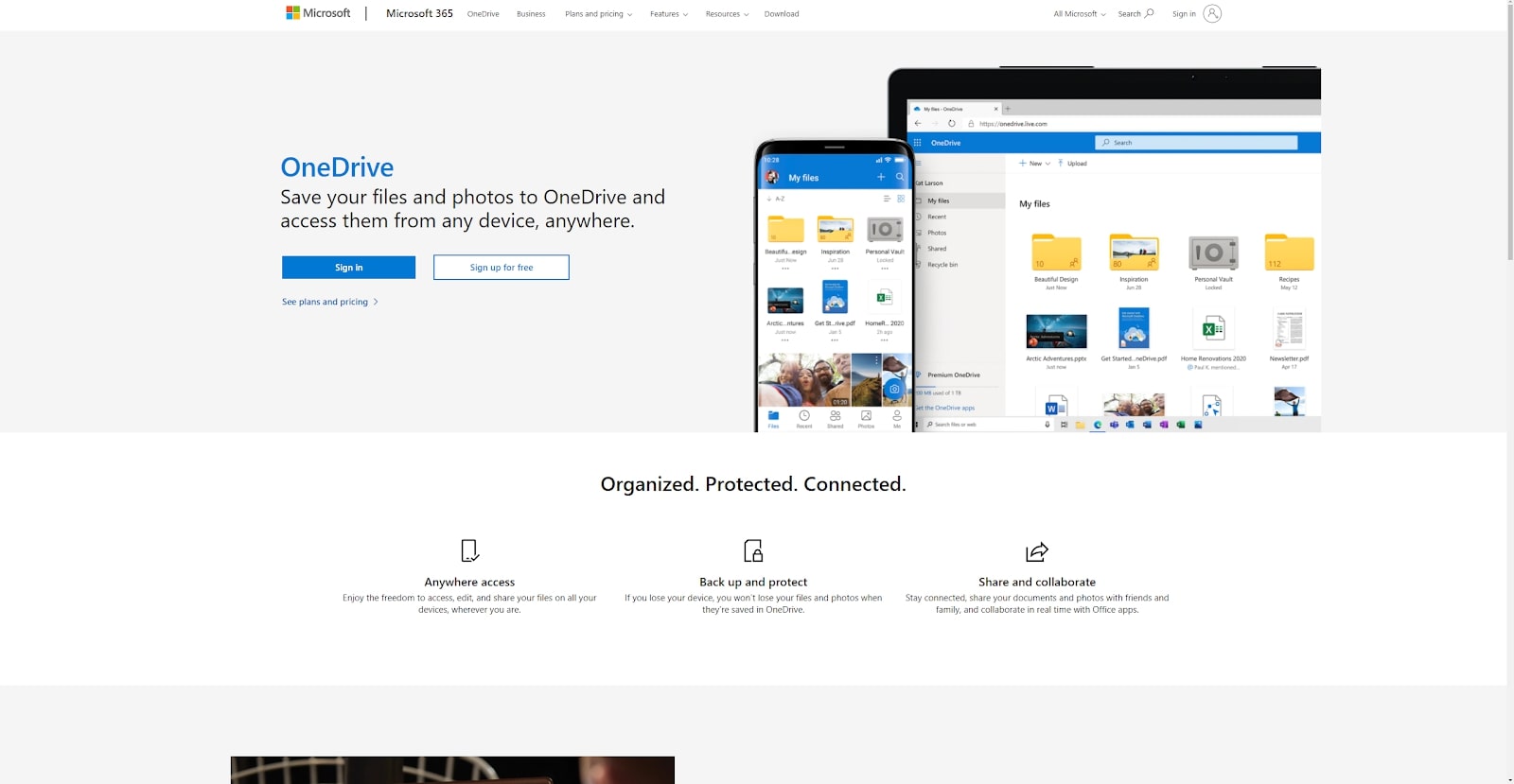
In terms of performance and speed, Google Drive and Microsoft OneDrive leave the same footprint on your system, which is next to negligible. Both of them offer downloadable clients that can be used to sync a specified folder on your computer to the cloud, while also offering downloadable apps for smartphones and tablets. These clients and applications are really lightweight, with no storage or processing requirements to speak of.
One thing worth noting, however, is that Microsoft Office - being a largely offline productivity suite with software that needs to be installed on your computer’s hard drive - takes up slightly more resources when compared to Google Workspace, whose applications are online-based and can be accessed through your preferred web browser.
Support
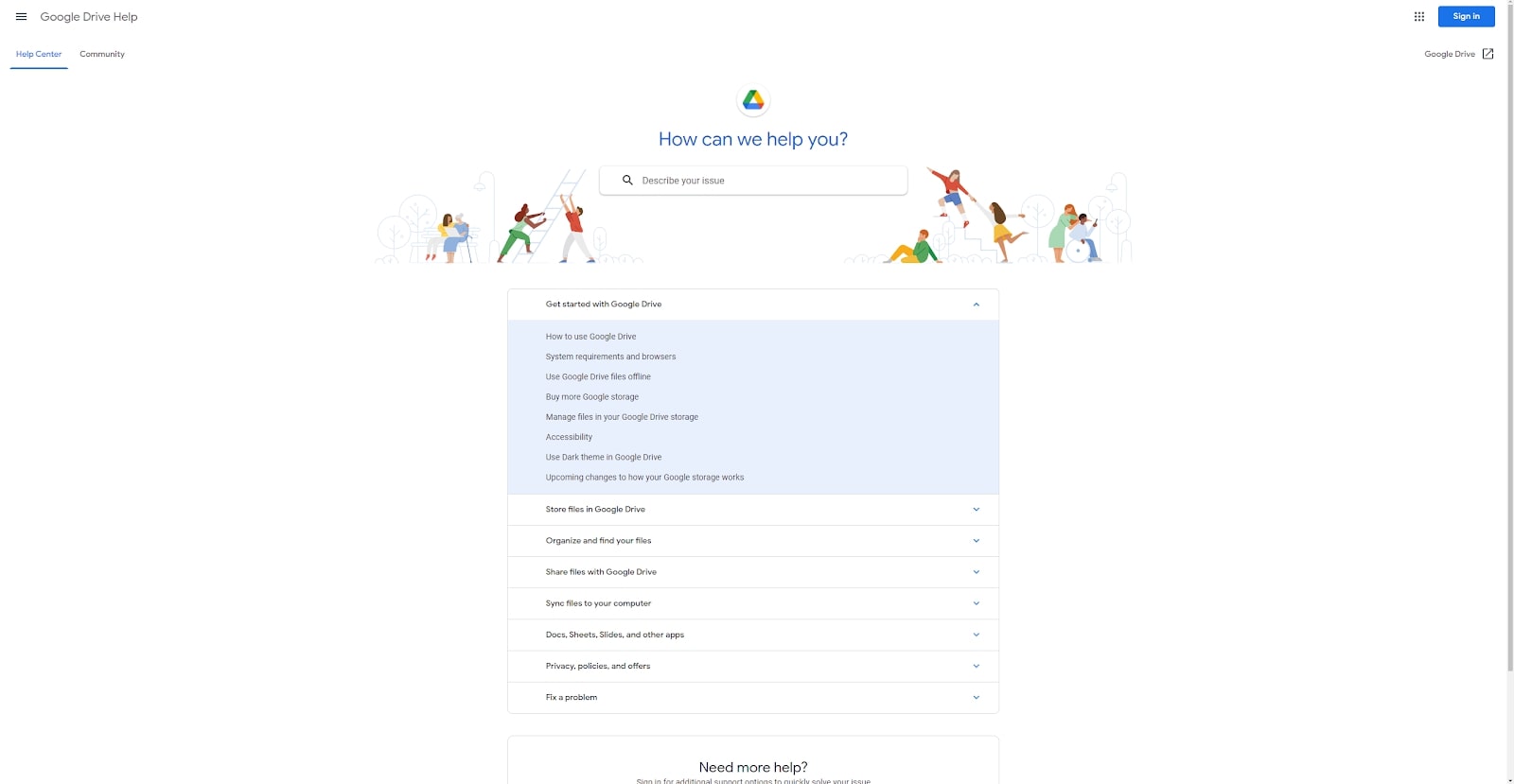
Google Drive comes packed with a state-of-the-art, multilingual support system that can be contacted via phone, chat, or email. You will also have access to a knowledge center with guides and how-tos to help get you started. There’s even a community forum where you can ask questions of other members and Google staff, should the need arise.
The typical response time for company support is less than one business day. With a paid subscription to Google Workspace, this waiting period is reduced even further.
Microsoft OneDrive support can be contacted through the company website: either via the community forums, the chatbot, or the general support hotline. While queues are slightly longer and you can expect to have to wait a little here, a paid subscription does guarantee that your query will be addressed sooner.
The community forum is particularly active, and frequented by members of the company’s customer service team.
When it comes to customer service, Google Drive claims a slight upper hand over Microsoft OneDrive with its tier-based support system and faster response time. However, both cloud storage services do a pretty good job providing support to their customers.
Pricing
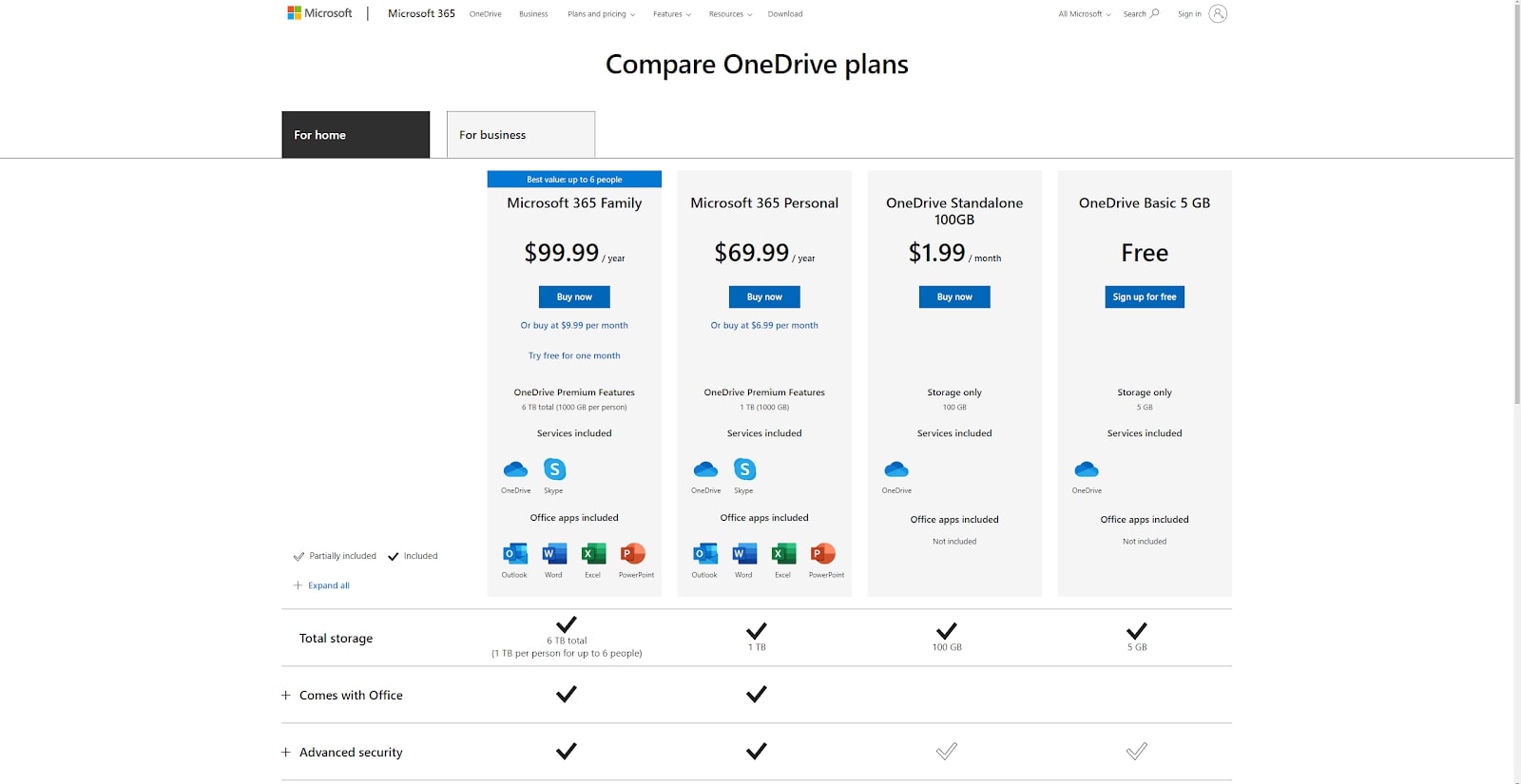
You can upgrade your free plan with Google Drive by purchasing a subscription to Google One or Google Workspace. Either service comes with worthwhile enhancements to your cloud storage experience, with higher storage space, more features, and priority support.
Google One is an all-in-one subscription service for individual users that increases your storage space with Gmail, Photos, and Drive. It costs $2.99 per month for 200GB of storage; $9.99 for 2TB; $99.99 for 10TB; $199.99 for 20TB; and $299.99 for 30TB. These plans also come with premium support, and the ability to share your subscription with family members.
Google Workspace, on the other hand, is a cloud-based productivity enhancement platform for workplaces. It is primarily meant for businesses and consists of Gmail, Drive, Meet, Chat, Docs, Sheets, Slides, and more. Subscriptions start at $6 per user a month for the Business Starter plan, and go up to $20 per user a month for Enterprise Standard.
With Microsoft OneDrive, there are a lot more options when it comes to pricing. OneDrive Basic, which comes with free storage worth 5GB, is free. This is followed by 100GB of storage for $1.99 per user per month.
A subscription to Microsoft 365, which also includes the company’s entire productivity suite for individuals, offers 1TB of storage for $6.99 per month and 5TB of storage for $9.99 per month. There is also Microsoft 365 Business Standard, which allows you to have multiple users per plan for $15 per month per user with 1TB of storage per user.
Finally, there’s OneDrive for Business. It offers two separate plans that allow your business to access the company’s cloud storage service but not its productivity platform. They cost $5 per user a month for 1TB, and $10 per user a month for unlimited storage, respectively. These prices allow unlimited users on the same plan.
Google Drive vs Microsoft OneDrive: Verdict
There’s no clear winner between Google Drive and Microsoft OneDrive. It all comes down to your company’s workflow (online or offline) and your preferred software ecosystem (Google or Microsoft). Depending on the nature of your business and the familiarity of your workforce, either solution may be the best choice for your team.
Further reading on cloud storage
Learn more about both systems by reading our Google Drive review and our Microsoft OneDrive review, and see how both compare to other cloud storage services in our comparisons pitting Google Drive vs Dropbox, and OneDrive for Business vs Dropbox Business vs Google Drive Enterprise.

Ritoban Mukherjee is a freelance journalist from West Bengal, India whose work on cloud storage, web hosting, and a range of other topics has been published on Tom's Guide, TechRadar, Creative Bloq, IT Pro, Gizmodo, Medium, and Mental Floss.
